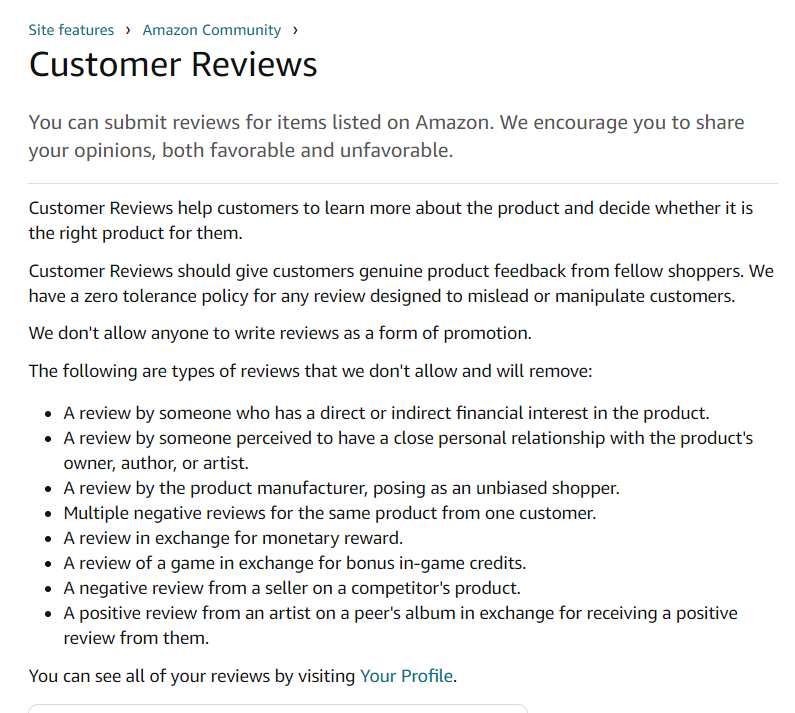XML, RSS and Atom feeds – why are these important?
As a means to remind webmasters, in October 2014 Google blogged about how they look at XML, RSS and Atom feeds. The main message was that Google use these feed types for different reasons but that having (and submitting) both is important for optimum indexation. An XML sitemap contains information about the whole website and therefore potentially quite a heavy file. Contrastingly RSS and Atom feeds show most recent content and are smaller. This helps the engines access the more fresh, newer web pages – and help you get the optimal crawling mentioned in this article from Google: http://googlewebmastercentral.blogspot.co.uk/2014/10/best-practices-for-xml-sitemaps-rssatom.html
Accessing your feeds for WordPress
WordPress is an extensive, free content management system with so much SEO potential. With some time invested, a WordPress website user can follow all of the latest Google advice and in this article we are concentrating on the best practice for sitemaps and feeds.
For the XML sitemap, you can use a plugin (search WordPress’s plugin directory for the latest XML sitemap generators here: https://wordpress.org/plugins/search.php?q=XML+sitemap). Download the plugin and then generate your feed via the vertical navigation on the left of your WordPress back office.
Within your Google Search Console account you will utilise the following URL formats:
/sitemap.xml
/feeds/
/feed/atom/
Accessing your feeds for Magento
Again, Magento is another extensive third party CMS download that is incredibly popular – and covers off XML and RSS. Log in to your Magento back office profile and navigate down the following paths:
Top Menu > Catalog > Google Sitemap (click: Generate)
Top Menu > System -> Configuration -> Catalog -> RSS feeds (select: ‘Enable’ for ‘config’ and then the relevant elements within ‘catalog’)
Again with Google Search Console the URLs you will need for sitemap uploading are:
/sitemap.xml
Get your feeds right in front of Google
We’ve mentioned Google Search Console within this article, assuming that you have this set up. You can find out lots about your SEO progress from Google Search Console and in this case ensure that you have quick, smooth indexation of new and existing website content. To get started, visit this page: https://www.google.com/webmasters/
Once logged in to your verified Google Search Console account, go to Google Search Console > Crawl > Sitemaps and test / add your RSS, Atom and XML feeds. Overtime, you will need to monitor this for any errors – in particular where your robots.txt file blocks a URL but your sitemaps list it for indexation.
